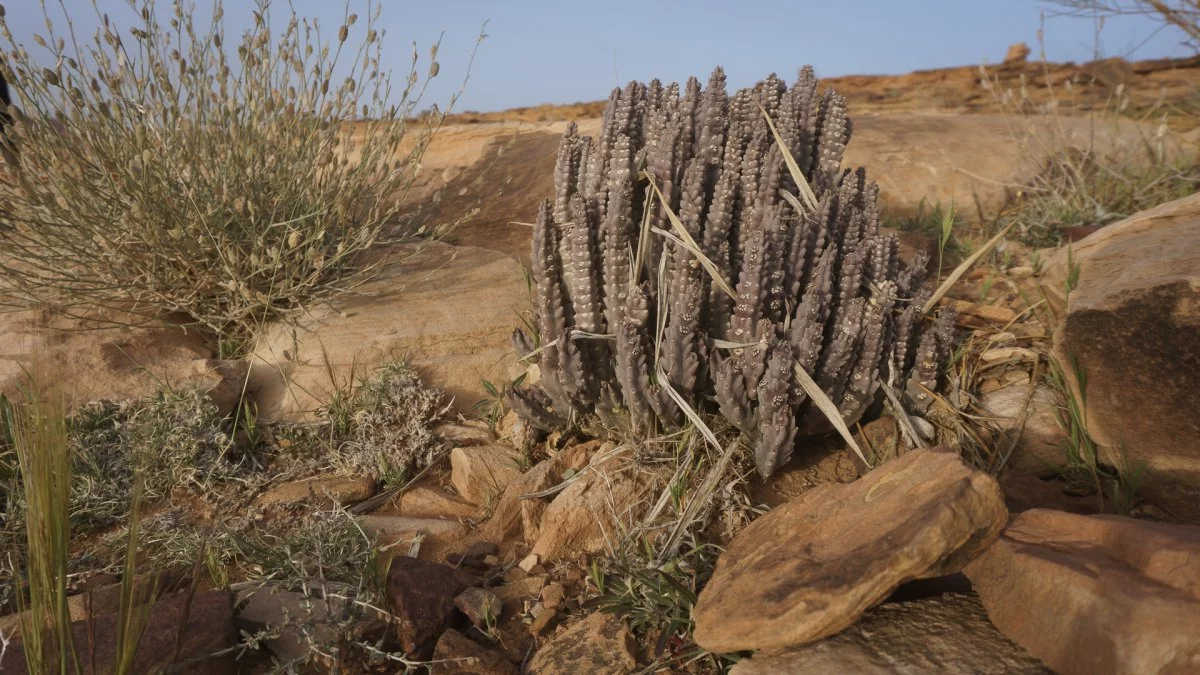All the versions of this article: [English] [français]
– Lecture (in French): What If the Desert Wasn’t Really Desert?
Original title: Et si le désert ne l’était pas?
given as part of the “12e Rencontres Recherche & création”, organized by the Agence nationale de la recherche & the Festival d’Avignon,
Cloître Saint-Louis, Avignon (France)
July 11, 2025
– On the ANR dedicated website: https://www.recherche-creation-avig...
– On theFestival d’Avignon website: https://festival-avignon.com/fr/edi...
– On the ANR website: https://anr.fr/fr/actualites-de-lan...
A talk given as part of the event “What If It Rained in the Desert…”, in the presence of Radouan Mriziga, dancer and choreographer, who is presenting Magec / the Desert at the 2025 Festival d’Avignon.
Discussion with Radouan Mriziga, Patrick Boucheron, and Clotilde Thouret
By bringing together artists featured in the Festival d’Avignon and scholars from various disciplines, these encounters foster a dialogue between artistic creation and the most recent developments in academic research.
– Performance recording:
– Summary:
The terms “desert” and “oasis” seem to carry stable, self-evident, almost timeless definitions. Yet ethnographic research conducted among those who inhabit these regions reveals more complex, endogenous perspectives. These terms refer, above all, to two major strategies of mode of life and mode of production that human societies have developed in hot desert environments—such as the Sahara and the Arabian Peninsula: transformative rootedness and mobility.
These strategies echo, in what might be called an evolutionary convergence, those of plants and animals adapted to arid environments. However, they only echo them, as humans—an exceptional species—owe their adaptive capacities not to slow biological selection, but to cultural resources: diverse, inventive, and operating on much shorter timescales.
The strategy of mobility aligns human presence with the potentialities of the desert; the strategy of rootedness, deeply transformative, has given rise to a distinctive agroecosystem: the oasis model.
Still, the human populations shaped by these desert-living strategies do not necessarily claim the very concepts of “desert” and “oasis” as their own… Is the desert truly a “desert” for those who live there? Is the oasis truly an “oasis” for those who cultivate and shape it?

– Excerpt from Radouan Mriziga’s performance, Magec/the Desert:
– Discussion recording:

